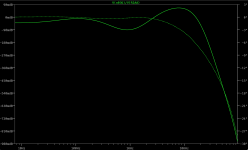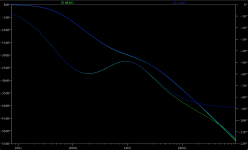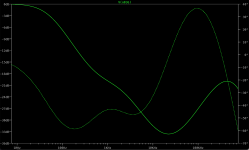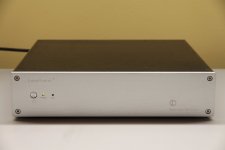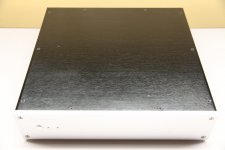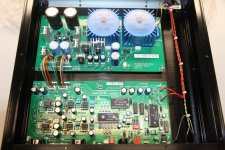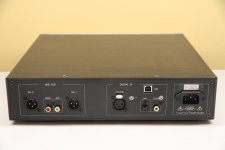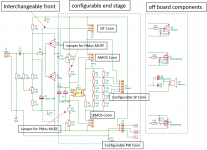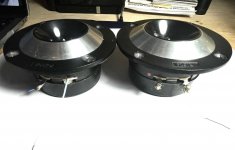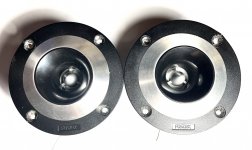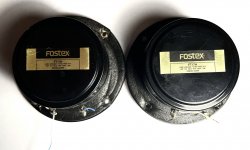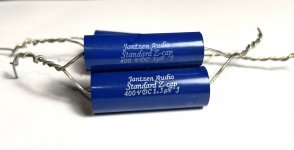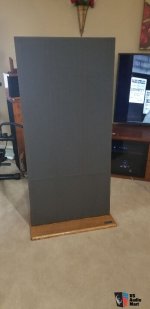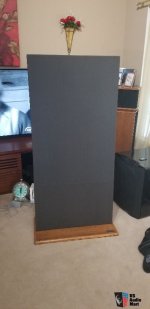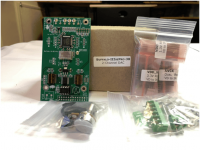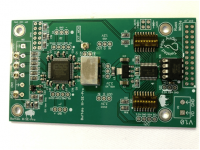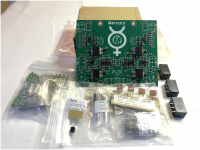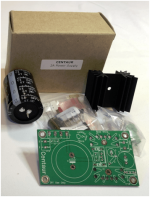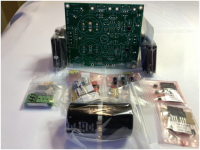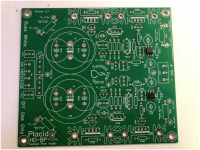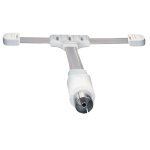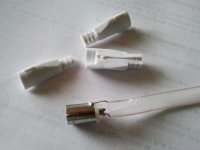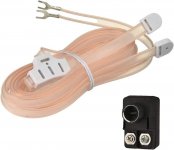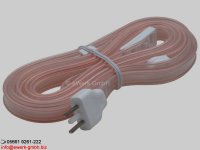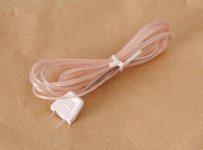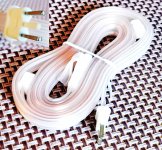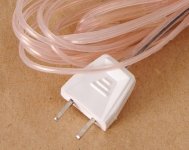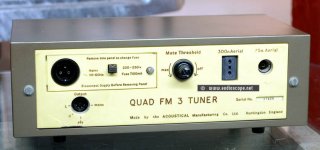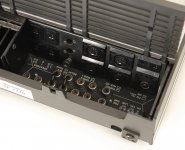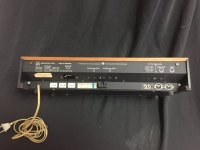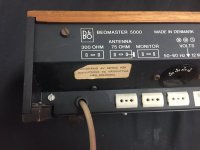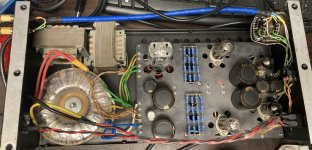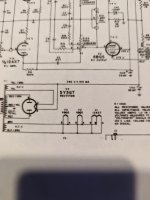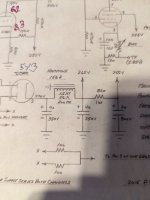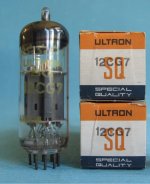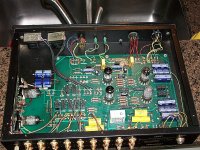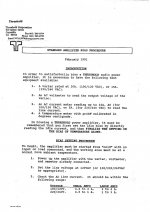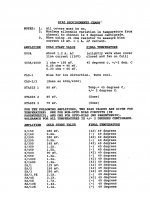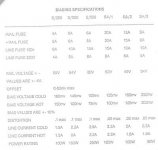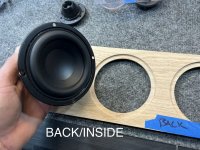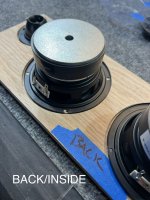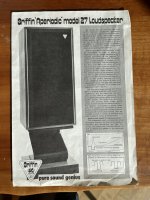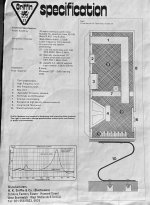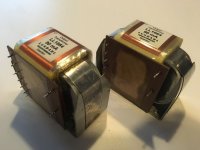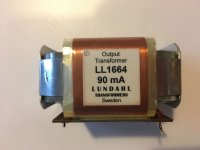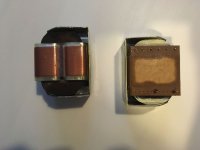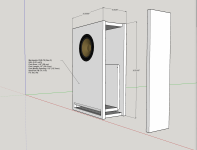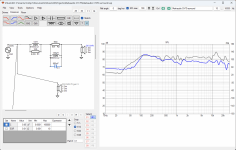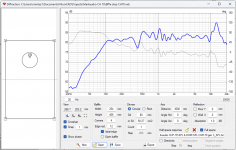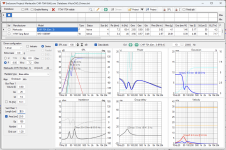This is currently a work in progress so please be patient. I also have a pretty bad Essential Tremor when working on small precise stuff so I probably isn't going to be too pretty. So far though everything has been going pretty well.
The first thing I did was paint the top plate a dark cherry. I then painted the bell cap, and the 2 PC-5 transformers. They were suppose to be more blue but for some reason the paint I used ended up looking really green. So now my Kaiju is Christmas themed. Then I glued together the wooden frame and stained it dark Walnut.
Here is a picture of the fully assembled back before you start wiring. Putting the Transformers on by yourself is kind of a pain in a ***.Not sure why my photo is upside down.
First problem occurred right at the first test to check the incoming voltage. I apparently was a little overzealous when removing the outer sheathing on the wire and had snapped on of the solid core wires internally. So I had to replace the whole section connected to the IEC.
I thought I had taken a photo of the PT-9 to send power to the tube sockets after wiring it up to work with the 122V I measured coming in on the previous step. Either way after they had me test the connection on the PT-9 they had me put the tuibes in to do a glow test to make sure the power was flowing to the tubes.
You may not like it but this is what peak wiring looks like. Only the greatest electricians can hope to wire this well.
Second screw up. While trying to remove the outer sheath on this cable I bumped my elbow and cut a full 1.5" off the end. I didn't have enough of the wire left to make a piece long enough so I had to splice and solder a short piece to the end of the cable I chopped short. Then to make maters worse I had soldered and trimmed the other end of the wire to the wrong connectors on the pot. So I had to de-solder that and the one wire wouldn't reach to the lug it was actually suppose to go to so I had the splice another piece of wire to the other end of originally to short wire.
Besides the 2 screw ups everything else has been going smoothly. So far my tremor hasn't been to much of a hassle on the build. Though, I start working on the C4S boards tomorrow which is where I imagine most of my struggle will be.
Today I started with wiring up the 9-pin sockets on the board. It went well. Even with my shake. The directions were easy to follow and understand. I accidentally touched the plastic stand offs with the soldering iron. Just need to flatten the top and everything should be fine.
After the 9-pin I soldered on some caps and finished connecting the 4-pin tube sockets.
I then added some connections between boards and caps. With that, the majority of the soldering on the panel is done.
Now to start on the C4S board. The first thing I had to do was physically connect some resistors and a small potentiometer.
Next, I had to solder all the resistors to the board. The real MVP for helping me solder was the little clam I used to hold the board in place. With the clam I was able to better steady my hands while soldering. This is the one I used. I highly recommend buying one if you are going to be doing small precise soldering. It is only $10 and 100% worth it.
https://www.amazon.com/Neiko-01902-...b+holder+for+soldering&qid=1676692928&sr=8-33
Added more to the board.
Soldered what I added. I am waiting for my smaller wire snipers to arrive so I can trim the ends closer to the board. Was suppose to get here today but UPS decided it was too cold to deliver to my farm.
The final addition of parts to the board.
The final solder of parts to the board.
Second board same as the first. All-in-all it took me about 2.5 hours to build both boards. So not to bad.
All I have left is to connect the boards to the plate then wire to match the ohms my speakers are.
After finishing the boards the next step as to connect the boards to the 9-pin tube sockets so they can run the input tubes. and
After fully connecting the C4S boards all that was left was to wire the amp up to run at a specific ohm level. My current speakers are 10ohm. Which falls between 2 of the wiring options, 8ohms and 16ohms. I decided to wire for 8ohms since that was closest to what I'm using. According to the manual it doesn't really matter what you wire for. Just that being closer to the ohms of the speakers could help lower the noise floor. It is pretty easy to change the ohms the amp is running at. All you have to do is change the locations the red and black twisted wires a soldered to.
The final wiring step. Just had to hook the red and black wires and a couple more resistors up to the speaker jacks. Which was oddly the hardest part. Since it took forever for the solder points to heat up.
Finally done. Here is the finished project all hooked up and working.
All-in-all, not counting painting, it took me 3 days to build at about 4-5 hours a day. So right around 15 hours from start to finish. The build was very straight forward and the directions were super easy to follow. Having a printed out full-color manual was a great help.
Over all the build was more difficult than the Crack with Speedball. I would say it was a moderate difficulty to build, but still very manageable. I was able to build it without any real problems with my tremor and complete lack of knowledge in electrical schematics. If you are able to follow step-by-step directions with pictures I would highly recommend giving building this speaker amp a try.
The only odd thing about the amp is that the left and right side have separate volume potentiometers. So I would recommend running it wide-open connected to a pre-amp. I currently have the amp connected to the outs on my Master-9. I believe the BeePre by Bottlehead was designed to be paired with Kaiju. Maybe in the future I will give the BeePre a try.
I will post on the sound later. Once the tubes have a chance to burn in.
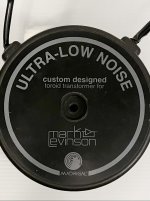
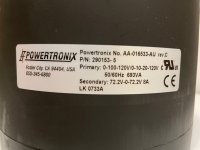
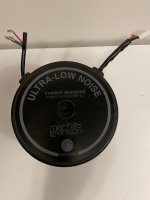

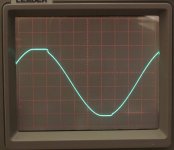
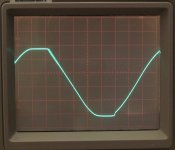
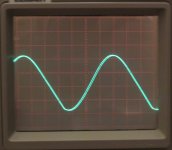
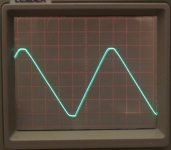
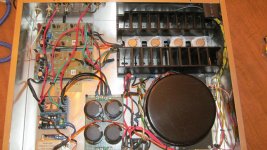
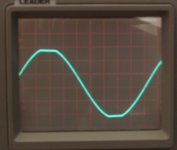
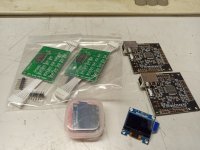
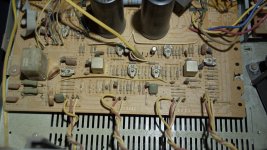
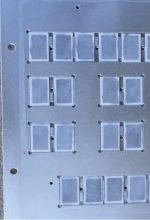
![[IMG] [IMG]](https://i.imgur.com/suJY02E.jpg?1)
![[IMG] [IMG]](https://i.imgur.com/6YNDOAd.jpg?1)
![[IMG] [IMG]](https://imgur.com/6YNDOAd)
![[IMG] [IMG]](https://i.imgur.com/2qkoIBZ.jpg)
![[IMG] [IMG]](https://i.imgur.com/japs1oo.jpg)
![[IMG] [IMG]](https://i.imgur.com/LbfLlNZ.jpg)
![[IMG] [IMG]](https://i.imgur.com/cSM2Qgt.jpg)
![[IMG] [IMG]](https://i.imgur.com/ej7YHlX.jpg)
![[IMG] [IMG]](https://i.imgur.com/KfnCmNx.jpg)
![[IMG] [IMG]](https://i.imgur.com/Wpew3OE.jpg)
![[IMG] [IMG]](https://i.imgur.com/U06h2Fq.jpg)
![[IMG] [IMG]](https://i.imgur.com/gPwvWq5.jpg)
![[IMG] [IMG]](https://i.imgur.com/163pVoi.jpg)
![[IMG] [IMG]](https://i.imgur.com/dsUOSGX.jpg)
![[IMG] [IMG]](https://i.imgur.com/uhxPBL7.jpg)
![[IMG] [IMG]](https://i.imgur.com/RcXM1UP.jpg)
![[IMG] [IMG]](https://i.imgur.com/4Cus3Na.jpg)
![[IMG] [IMG]](https://i.imgur.com/n4JzjcQ.jpg)
![[IMG] [IMG]](https://i.imgur.com/Uwfy3Tu.jpg)
![[IMG] [IMG]](https://i.imgur.com/1Bsy4np.jpg)
